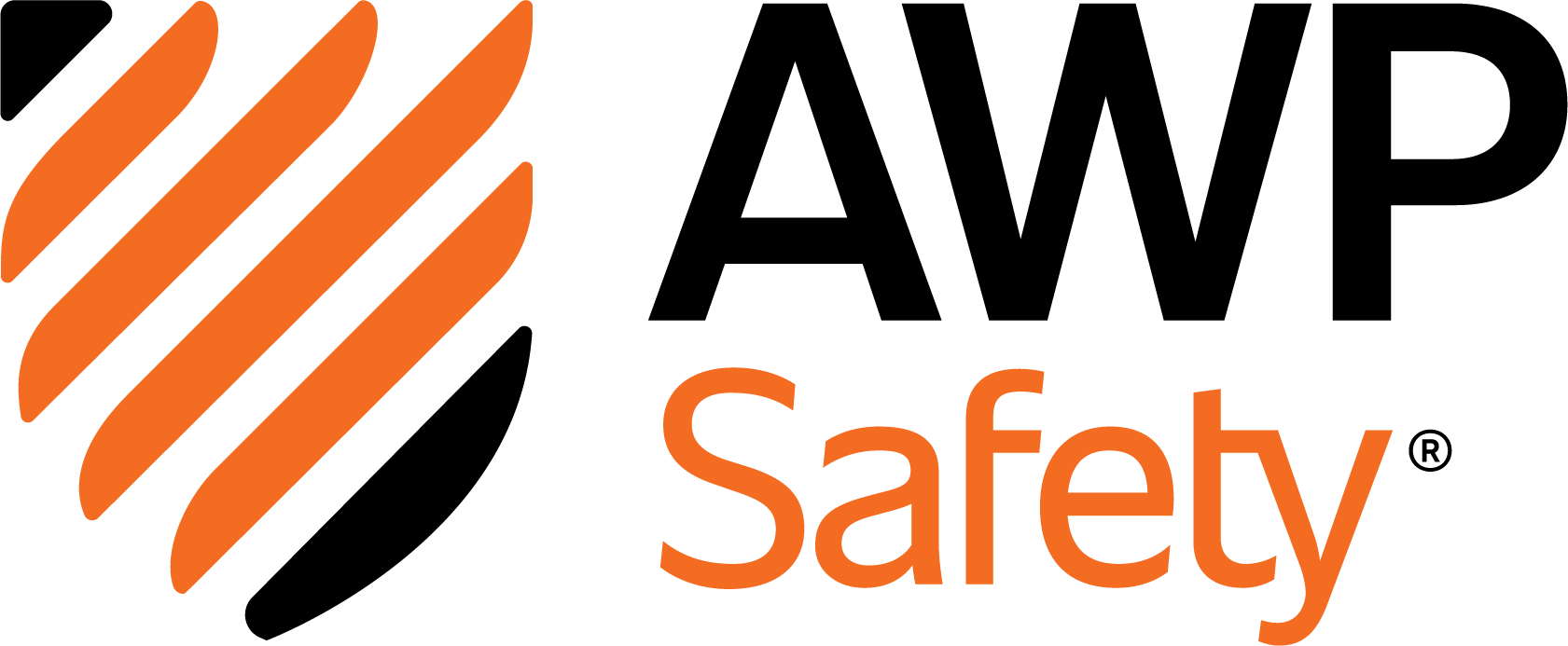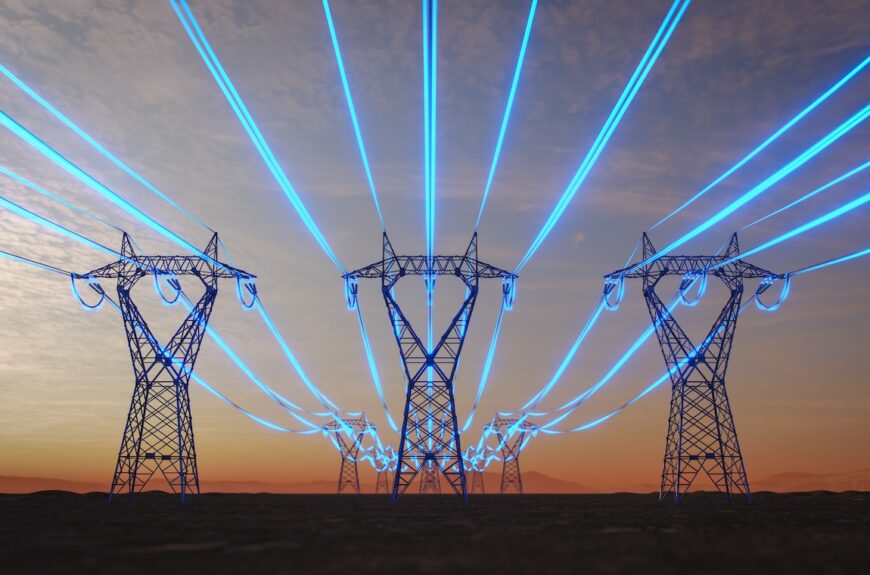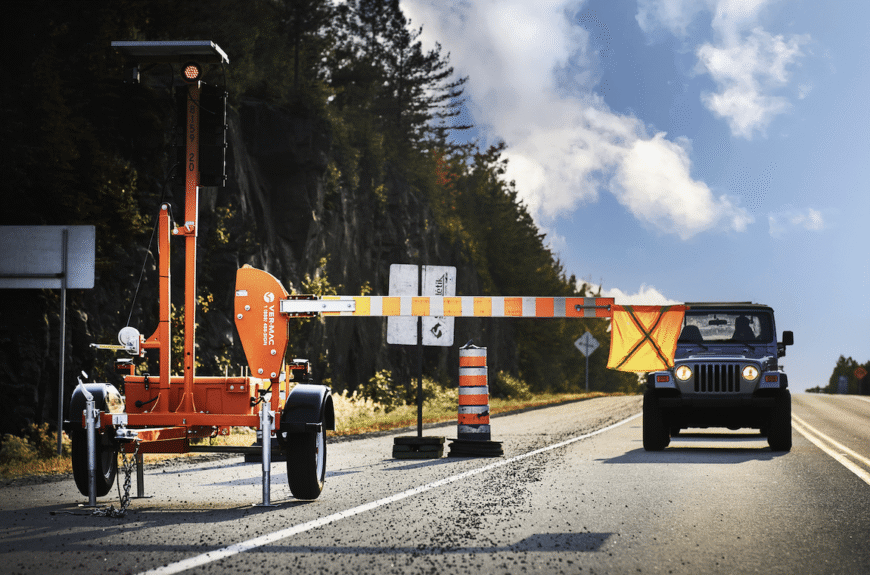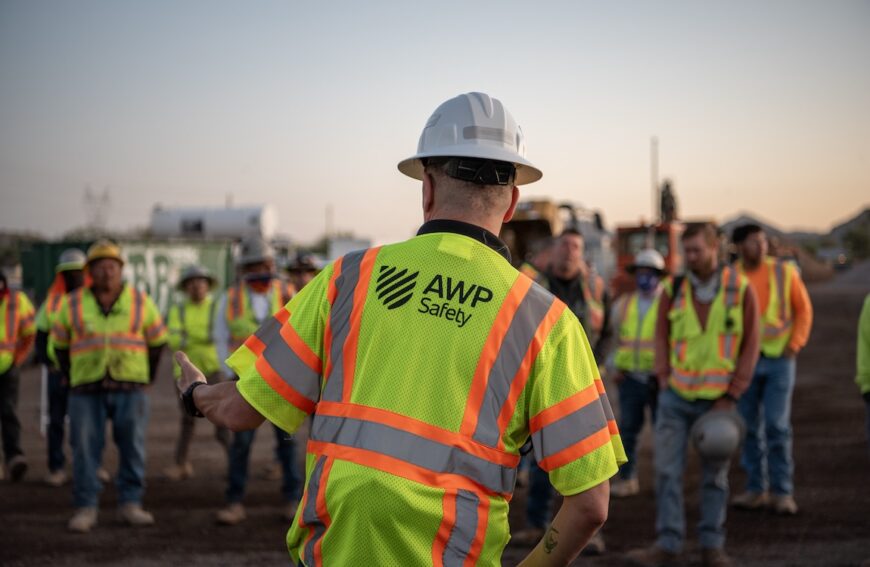
From Compliance to Culture: Rewriting the Rules of Injury Prevention
As utility, broadband, and road construction projects grow more complex, it is vital that the industry moves beyond safety compliance and toward a deeply embedded, proactive culture of safety and injury prevention. Integrated safety and operational excellence allow for positive and practical industry shifts: from reactive metrics toward more predictive analytics — and from siloed work to greater partnerships.
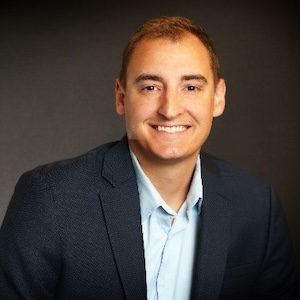
Key Takeaways For EHS Professionals
- Integrate safety and production. Treat them as one process, not separate work streams.
- Focus on high-energy hazards. Reducing near misses doesn’t automatically prevent serious injuries.
- Redefine workflows. Simplify, humanize and integrate safety into your normal workflows, such as pre-job briefings. Use them as planning tools that unite technical and safety steps.
- Leverage technology. Use AI, analytics and smart devices as partners in prevention.
- Collaborate with customers. Shared work zones foster shared responsibility.
Q: Ryan, from your perspective, what safety challenges are most pressing for utility and fleet workers today?
In utilities, broadband and construction companies, safety often feels like its own separate discipline. Workers are expected to know hundreds of rules, procedures and pages from the safety manual — and still be technical experts in their craft.
The problem is, it’s impossible to memorize every policy, especially for mobile, deadline-driven workers in the field. Many companies have adopted a mindset that employees must “do the safety stuff” before they go do their real jobs. But those concepts are not separate — they are dependent on each other. Companies are better off integrating safety into the work itself so that teams can perform tasks technically and safely at the same time.
Q: What existing injury prevention models do you think need to shift?
One is the “safety pyramid” model that dates back to the 1920s. It assumes that if you fix the near-misses and small injuries at the bottom, you’ll naturally prevent fatalities at the top. But research and industry data has proven that’s not true.
The Construction Safety Research Alliance (CSRA) has shown that the causes of near-misses and common work-related injuries aren’t the same as those behind life-altering or life-threatening events. You can address every minor cut, scrape, or trip and fall from the same level and still have a fatality tomorrow.
Today, more of the industry is focusing on what CSRA calls high-energy hazards —situations that involve at least 500 foot-pounds of energy. That’s the level where serious injuries and fatalities occur. This includes examples like being struck by vehicles in high-speed traffic, working near heavy equipment, or managing suspended loads.
AWP Safety Protectors already know they’re exposed to traffic every day. But we have to help them recognize why that’s a serious energy hazard — and equip them with the tools and direct controls to stay out of that line of exposure. That’s how we protect our people and our customers.
Q: What “near-miss” scenarios do you see most often, and what lessons do they reinforce?
The most valuable near-miss events are ones that have “potential” to cause serious injuries and fatalities, but haven’t yet. We can learn from these and make meaningful improvements and build capacity to prevent the scenario from ever occurring again.
Beyond that, I believe near-miss reporting is useful as a culture shift. A reporting culture is a transparent culture, and that makes for a safe culture. When companies can get their employees to engage in sharing and preventing these scenarios, everybody wins.
Q: What’s a simple, actionable best practice you’d want every infrastructure crew to remember on the job site?
At AWP Safety, we have pre-job briefings. Others might call these the job safety analysis or task hazard analysis. Whatever name is used, it’s the best tool we all have to plan, communicate and execute work.
Too often, these briefings are treated as “check-the-box” paperwork to complete before getting to the “real” work. But a true pre-job briefing is a production tool.
A good way to think about it is making a peanut butter and jelly sandwich. Most people would just say, “Grab the ingredients and make the sandwich.” But a real pre-job briefing breaks that down: Who’s getting the bread? Who’s using which knife? What kind of jelly are we using? What if someone double-dips?”
That same logic applies to setting up cones, hanging signage or working from a bucket truck. The briefing isn’t about generic hazards like “slips, trips and falls.” It’s about mapping how you’ll do the job safely and efficiently that day. When safety and production planning happen together, you stop seeing them as competing priorities.
Q: Technology is changing rapidly. How is AWP Safety leveraging it to strengthen injury prevention?
There’s a lot of exciting movement here. We’re exploring AI-assisted tools that can help standardize traffic control plans and analyze job-site photos to detect unsafe conditions in real time.
We’re also using Samsara technology for in-vehicle coaching. It gives real-time feedback when a driver is distracted, brakes too hard or is speeding. Some people worry it feels like surveillance, but that’s not how we see it. It’s a learning tool — another set of eyes helping everyone improve.
In the worksite, our Automated Flagger Assistance Devices reduce exposure by taking people out of live traffic lanes altogether once the work zone is set up. Technology like that helps us create safer work zones for both our Protectors and customers.
We’re also focusing on predictive safety — using AI and analytics to forecast where risk is increasing. If data shows a surge in new hires at a specific branch, for example, we might predict a higher potential for incidents due to inexperience and send extra training resources.
For the future, we’re already exploring predictive modeling through tools like Intelex, which houses our event management data. The goal is to connect leading indicators (like observations and near-misses) with lagging indicators (actual injuries and events) to identify risk before it turns into harm.
Q: How does your safety approach impact how you partner with customers?
We’re working to eliminate the silos between contractors and clients. Our Protectors perform pre-job briefings alongside the customer’s crews. We share our plans and ask to see theirs.
When that happens, it’s no longer “AWP Safety’s work zone” or “the utility’s job site.” It becomes our shared zone. Everyone communicates and everyone is accountable.
I tell our utility partners: “Let us take the work zone off your plate.” You’re already dealing with high-voltage hazards, restoration goals and complex logistics. We’re the experts in traffic control and exposure management—let us handle that piece so your crews can focus on getting the lights back on.
Q: If you could give one piece of advice to other EHS leaders in your industry, what would it be?
Engagement is everything. Whether it’s fleet safety, work-zone setups or employee behavior, you can’t improve what people don’t feel ownership of.
Get feedback—positive or negative. Listen to the field. And remember: the goal isn’t to have more safety programs. It’s to build safety into how work gets done.
At the end of the day, safety isn’t something you do before the job. It’s how you do the job.
